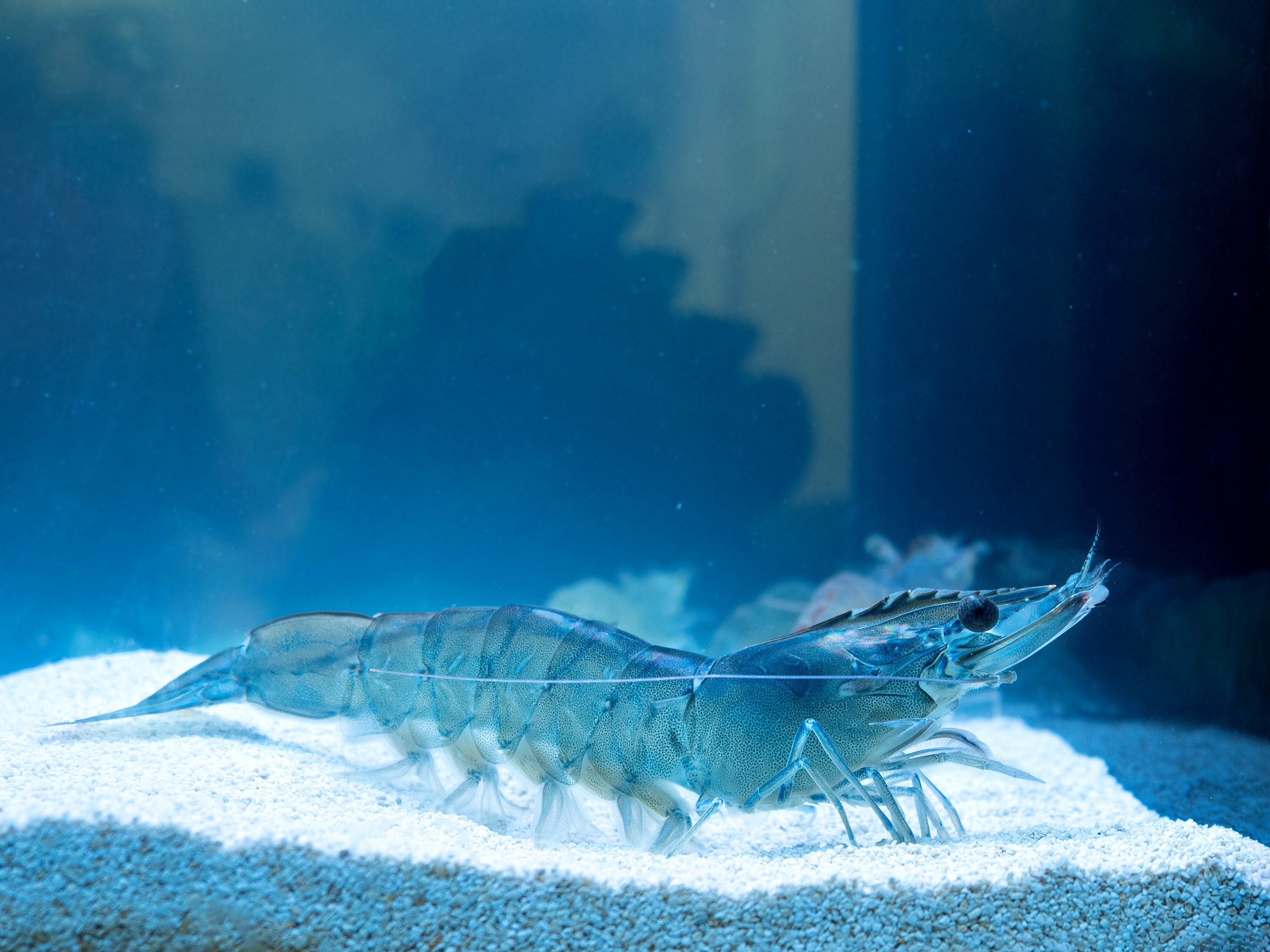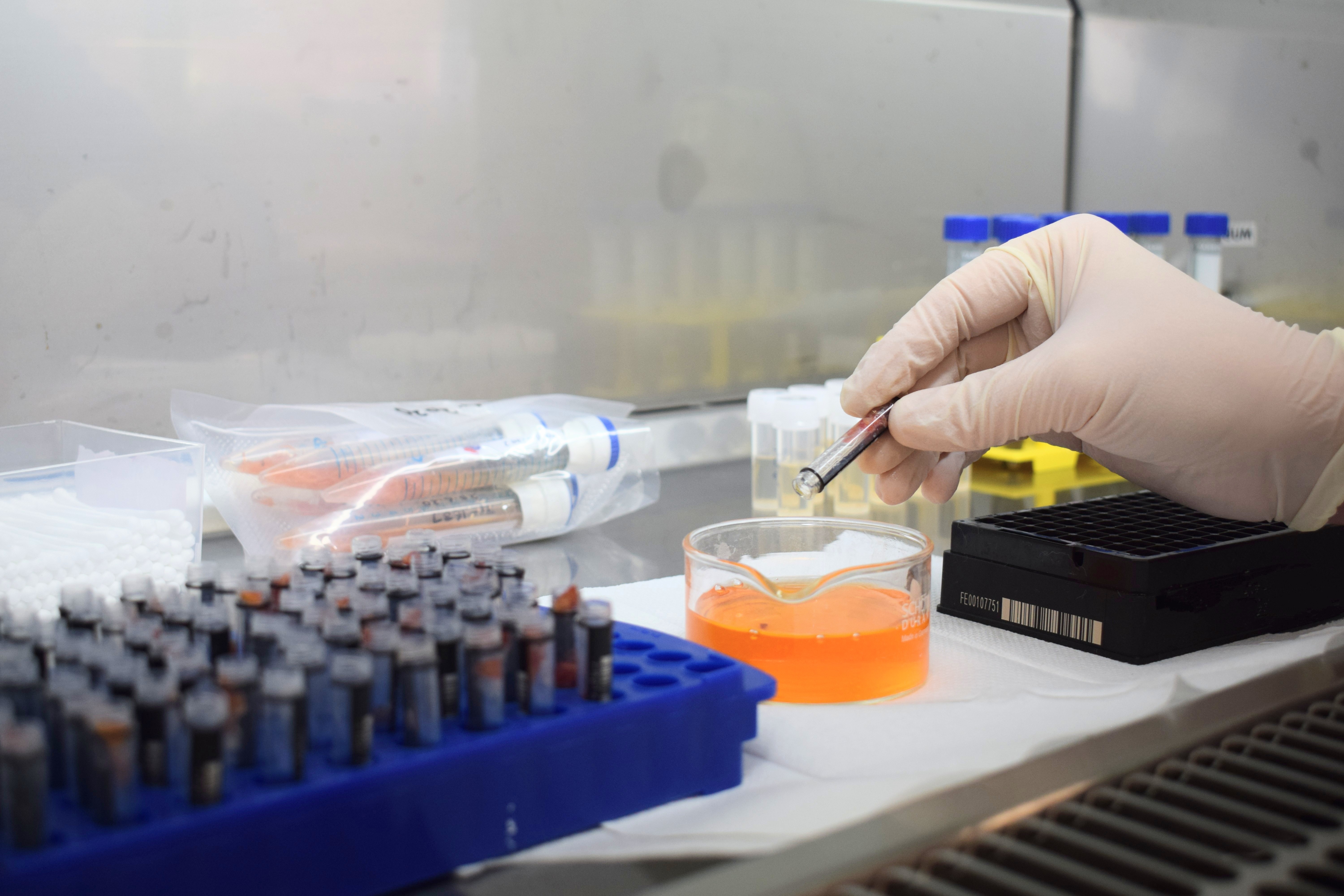A tricky spot

A new report appears to have found a dangerous gap in shrimp disease testing
The standard test applied to detect a devastating disease in farmed shrimp falls dangerously short of what is required, according to a study carried out by researchers in Australia.
White spot syndrome virus (WSSV) is a pathogen that can cause huge damage to shrimp populations. The point of care (POC) test commonly used to detect it is intended to allow farmers to stop the spread of the disease. Latest research, however, suggests that it is only effective in detecting high levels of WSSV infection.
“In 2019, Australia’s CSIRO [the Commonwealth Scientific and Industrial Research Organisation] undertook a scientific investigation into the effectiveness of shrimp point of care test kits in detecting white spot syndrome virus for possible use in disease management,” says Dr Melony Sellars, shrimp disease expert and CEO of Genics.
“At the time of the study, point of care tests had become a go-to method of disease detection for farmers, a situation that persists to this day. But, with the release of CSIRO’s findings, it’s time for an urgent reassessment of testing practices.”
WSSV is one of the global shrimp industry’s most concerning pathogens. In 2016, severe outbreaks of WSSV in Queensland, Australia, snapped WSSV to the forefront of the national shrimp industry’s attention. With the WSSV emergency response destroying farm populations and costing producers millions of dollars, farmers urgently needed a way to monitor their animals for early-stage WSSV infection.
Global uptake of POC test kits, including for WSSV, had become second nature in the shrimp industry, being used for various purposes, including early-stage WSSV detection. With WSSV devastation at their doorstep in 2016, the Australian industry requested access to such kits, which first required government approval.
In 2019, at the request of a battered shrimp industry, the CSIRO commenced a laboratory-based evaluation of WSSV tests, funded by the Fisheries Research and Development Corporation, to determine the efficacy and fitness for purpose of POC test kits compared to laboratory PCR testing.

Dr Melony Sellars in the Genics lab
CSIRO examines WSSV POC testing
Commencing in 2019, Australia’s CSIRO collaborated with shrimp industry stakeholders on a comprehensive study of WSSV testing methods. The study report – Evaluation of point of care (POC) tests for white spot syndrome virus (WSSV) – compares commercially available tests designed to detect WSSV on commercial shrimp farms with lab-run PCR WSSV tests.
Responding to the POC testing study, Dr Sellars said, “The CSIRO’s research compares and assesses five WSSV tests, comprising three rapid antigen-style tests and two PCR-based tests. The study clearly shows that the assessed POC test kits yield inferior limits of detection (also known as sensitivity) when compared with PCR laboratory testing.”
The CSIRO research group found that the assessed POC tests were a suboptimal defence against WSSV because “POC tests had lower sensitivity than validated laboratory reference WSSV qPCR tests.”
“The lack of sensitivity of these POC testing systems is such that it actually creates a false sense of security for farmers,” says Dr Sellars.
“The CSIRO study’s findings are crucially significant for the global industry because the current expectation among farmers is that POC tests can detect WSSV in the early stages of infection, providing early warning of disease. However, CSIRO’s study identifies vital issues with the evaluated POC testing kits, which means that they are not, in fact, a solution for WSSV early warning and prevention.”
The red flag raised by CSIRO’s POC testing study
CSIRO’s study reveals substantial issues with POC test kits, including a gap between user expectations and actual test kit sensitivity in the field.
Dr Sellars explains: “Farmers’ confidence in POC test kits is supported by the perception that they can detect WSSV early enough to prevent large-scale stock losses. However, CSIRO’s research reveals that the studies used to prove POC kit capability were conducted in laboratory conditions, where the infection speed and transmission pathways did not reflect the commercial reality on farms.”
Careful reading of manufacturers’ guidelines on some kits also reveals that validation occurs on synthetic templates, providing unrealistic guidelines for real-world use on shrimp samples.
The CSIRO team writes in the report that “in existing literature, all POC tests were reported to be able to detect WSSV in the early stages of infection.”
However, they continue: “…the live prawn experiments conducted in this study demonstrate that white spot disease progresses much faster when prawns are injected with WSSV compared to when they are cohabitated with WSSV-infected cohorts. Thus, the predicted timeframe from WSSV exposure to WSSV detection by POC testing in the field may be overestimated.”
Dr Sellars comments: “This finding underlines the crucial problem with POC tests as a means of WSSV control.
“The virus develops more rapidly in shrimp that are deliberately infected for the purposes of POC kit test validation. However, when used in commercial settings, where disease develops more slowly in individual animals, POC test kits fail to find the virus early enough to prevent infection from spreading throughout farm populations. This fatal flaw in POC kit sensitivity means that if farmers continue to use them for WSSV detection, they will miss the virus in its early stages, leading to continued disease outbreaks.”

WSSV lab test, Genics
Protecting against WSSV requires a strategic change
WSSV is now endemic in most shrimp-growing regions of the world, so vigilant preventative monitoring is essential. WSSV can destroy entire shrimp farm populations in mere days, underlining the need for an effective early detection regime.
One of the key findings of CSIRO’s recent study is that when it comes to reliable testing for WSSV, current POC test kits cannot match the sensitivity and accuracy of validated laboratory-based PCR testing.
For all three WSSV strains assessed, the lab reference qPCRs were tenfold more sensitive than the most sensitive POC test, the study found. Indeed, PCR tests are a hundredfold more sensitive than one of the most commonly used POC test kits on the market.
CSIRO states in its findings that “for weak positive samples” – typical of early stage WSSV infection – sensitivity of POC tests is “inadequate, with only 56% to 78% of replicate weak positive samples testing positive, in contrast to the 100% concordance demonstrated by the laboratory reference qPCRs.”
Dr Sellars says: “For farmers, the conclusion to be drawn from CSIRO’s research is emphatically clear: to avoid destructive outbreaks of WSSV, the shrimp industry urgently needs to pivot toward using lab-based PCR tests for routine testing instead of relying on POC kits and testing systems. Notably, such lab-based PCR tests must also be properly validated by the laboratory personnel, with all assays varying in performance based on equipment, chemistry, people and operating conditions.”
She adds that turnaround times on laboratory testing is as short as 24 hours.
The research takeaways for farmers
The CSIRO report indicates that lab-based PCR tests are more sensitive and reliable than the currently ubiquitous POC kits. It should also be noted that such lab-based PCR tests must be properly validated – and that validation and performance testing are ongoing requirements.
The early warning aspect of lab-based PCR testing delivers a vital advantage to farmers, Genics says, since knowing about WSSV infection on their farm a few days early can prevent catastrophic stock losses.
CSIRO’s research sends a strong signal to the shrimp industry to stop relying on POC kits, Genics argues. The company stresses that lab-based PCR testing, with its superior sensitivity and reliability, is the only way to effectively manage the threat of WSSV.
More details on the study Evaluation of point of care (POC) tests for white spot syndrome virus (WSSV) can be found at www.frdc.com.au/project/2019-089

